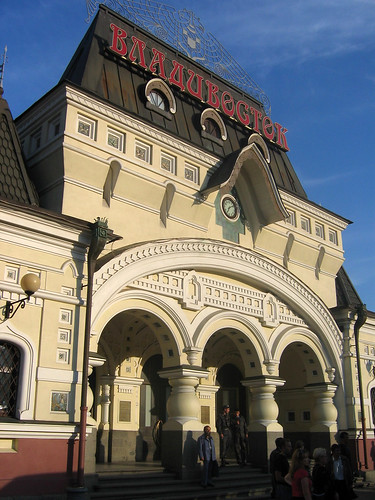No Toro, Más Dinero
Sometime next year Barcelona will have its last scheduled bull fight. The city once was home to three bullrings, Plaza de el Torin (demolished), Plaza de las Arenas (closed in 1977), and the Plaza de Toros Monumental
These massive stadiums were designed for the "national spectacle" of bullfighting. However, many Catalans consider bullfighting a tradition that is "too Spanish." The Monumental has announced that it will hold the last scheduled bullfight in the city sometime next year.
Architect Richard Rogers has signed on to a 100 Million Euro project to transform the dilapadated Plaza de las Arenas bullring into a shopping destination. Catalans and tourists alike can now shop for shoes and CDs on the very soil where matadors and bulls danced to the death.




